Swimming tools are certainly helpful for training, allowing you to refine your mechanics and strengthen the primary muscles for the sport. Abbreviating this list will help simplify your swimming equation and keep your swim bag light. Make a list and invest a few bucks into good, quality equipment that will last.
Goggles
Do you see what I see? 1 of 6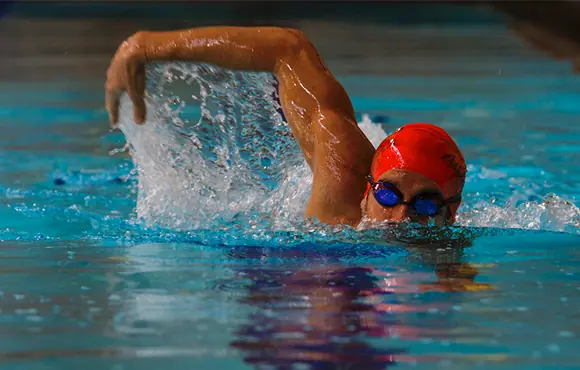
A nice pair of goggles can pay dividends for the time you invest in the water. First, find a proper fit that is suitable for the environment you'll be training and racing in, whether in the pool or open water. Once you've found the particular model that best fits your eye sockets, pick up a mirrored pair for sunny conditions, a colored pair to enhance visibility of outdoor conditions and a more clear tint for indoor training. This arsenal will ensure you're prepared for any condition at hand.
Pull Buoy
Boy, that's a nice buoy. 2 of 6
What is that figure eight shaped foam thing even for? Well, for starters it adds buoyancy to help keep you lifted in the water. This fundamental tool can become a crutch if oversized, but it adds value to specific drills that focus on the upper body. Keeping the buoy tight and high between the legs without kicking provides an isolated upper body focal point such as the dynamic phases of the pull. These generally only come in one size, but for an added bonus you can purchase both adult and child size buoys and gradually transition to using the child size buoy for less buoyancy, requiring greater core engagement and proper body posture in the water.
Kickboard
Kick, kick, kick! 3 of 6
The kickboard is perhaps the most recognizable piece of swim gear around the globe. Used to isolate the kicking action of the legs, young swimmers can use them to develop their kicking technique, while more advanced swimmers can use them to strengthen their legs and the power of their kick. With arms extended gripping the end of the board, the buoyancy from the board allows for a focused kick. When selecting the proper board, be sure to select a board that will fit in your swim bag--this means you don't need the largest board out there. Beyond that, keep it simple and incorporate the board into kick sets during workouts.
Swim Paddles
Paddle plethora. 4 of 6
The big, wafer-looking paddles that strap onto a swimmer's hands, adding great power to their stroke may come to mind, but for beginner and intermediate swimmers, you should consider starting with a different style of swim paddle. They come in many shapes and sizes, each with a particular function. Consider adding a paddle that has a rudder on the bottom and only a single rubber strap to wrap around your middle finger to your bag. These will help develop a proper pathway of your pull and offer great feedback on how well you maintain the pitch of your hand/forearm throughout the stroke. Beyond these, feel free to pick up a pair that is strictly for strength and power building--they're both fun and effective.
Swimmer's Snorkel
Not just for Scuba. 5 of 6
A snorkel is not just a snorkel, and a front-mounted snorkel is a great tool for swimmers. This snorkel position allows the swimmer to swim without moving their head, creating the ability to see each stroke under the water in great detail. Since the head no longer turns to take a breath, the swimmer will be able to see how effectively he or she is gaining power from their stroke. This isn't a tool you need to use often, as it can become a crutch, taking away from the natural breathing mechanics without a snorkel, but certainly an important one to add to your collection.
As you can see, arming yourself with the proper tools for swimming can be inexpensive and help motivate you to take on new drills and focuses that previously seemed daunting. Now go put together the ultimate swim bag and get in the water!
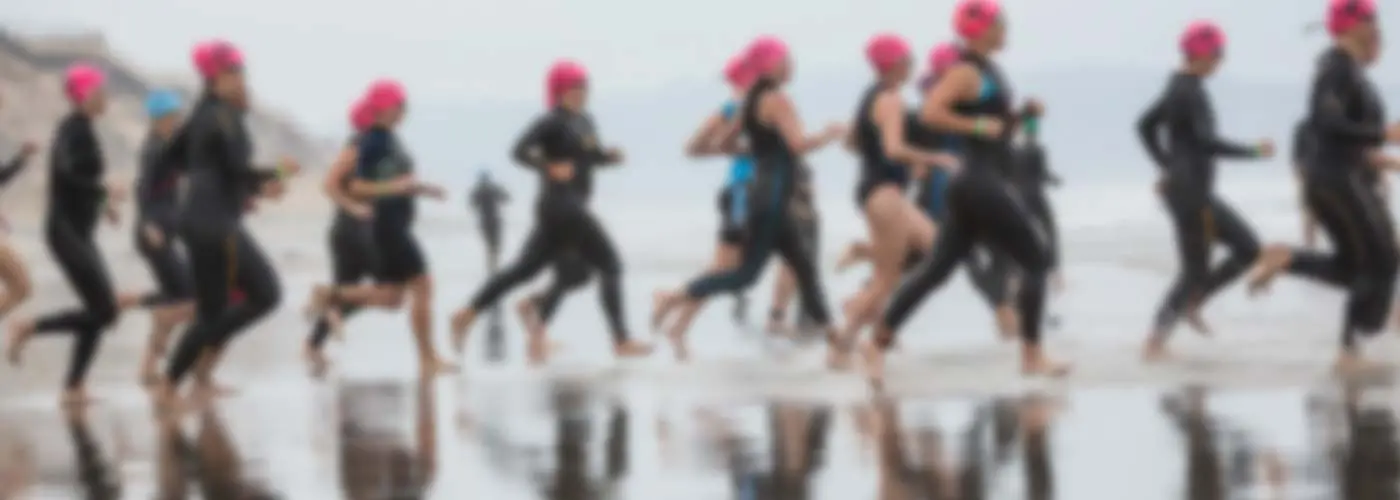
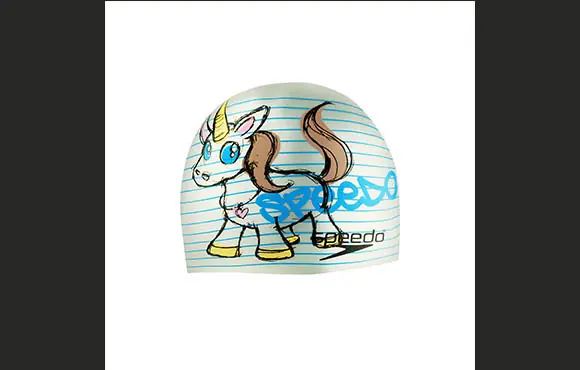
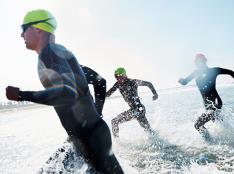

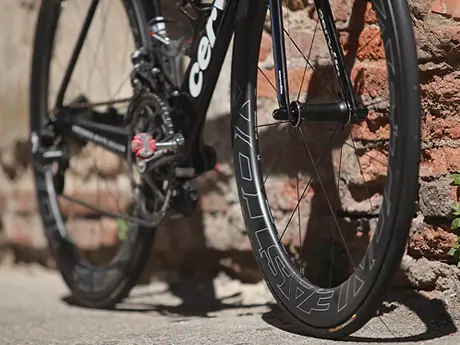

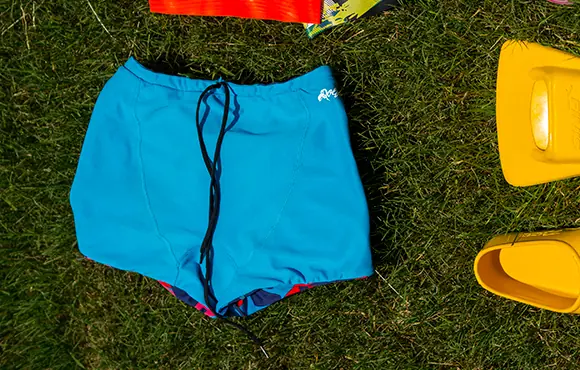
Discuss This Article